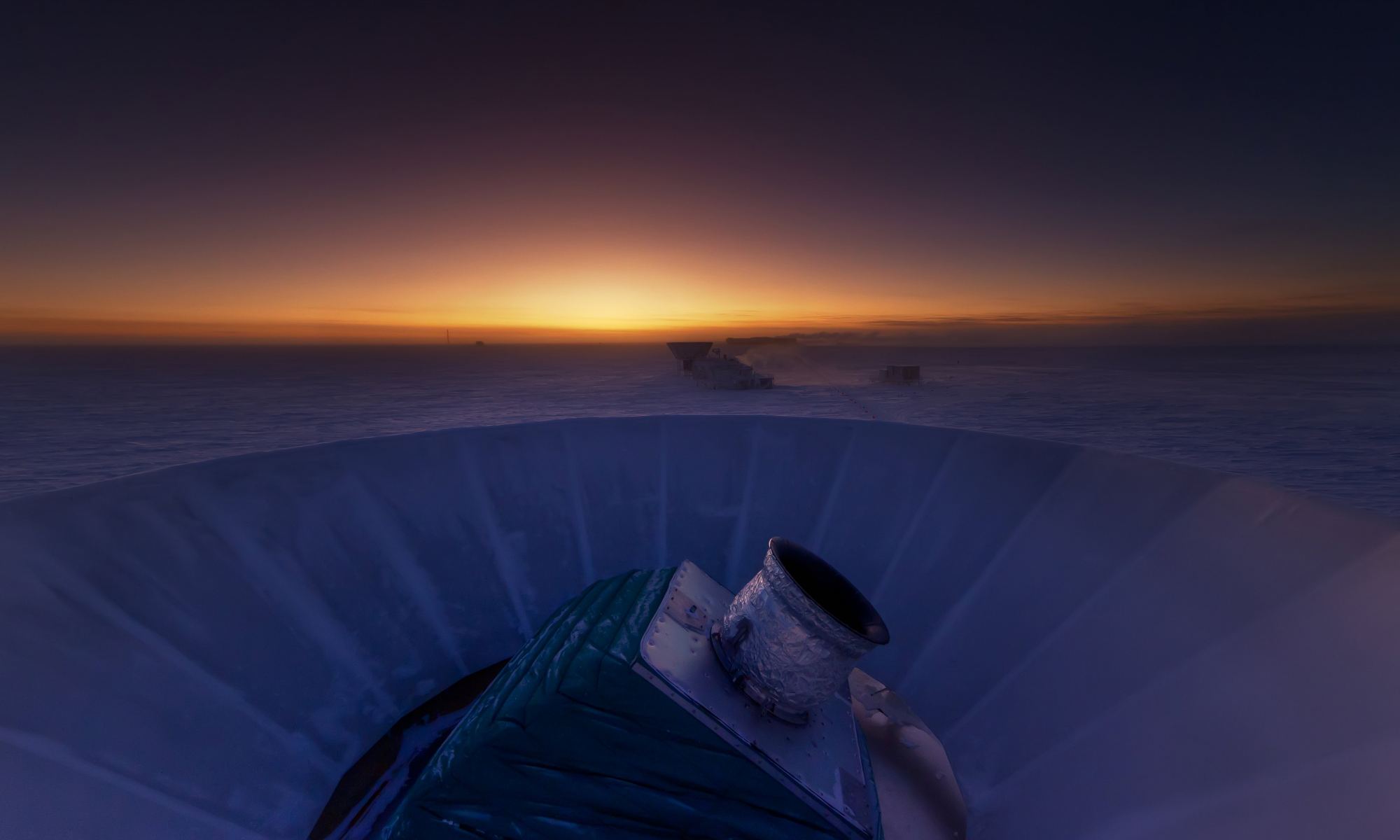The standard model of cosmology is a remarkably powerful and accurate description of the universe, tracing its evolution from the big bang to its current state, but it is not without mysteries. One of the biggest unsolved questions of the standard model is known as early cosmic inflation.
The idea is that in the earliest moments after the big bang, the universe had an intense snap of expansion. Spatial distances on the order of a nanometer expanded to more than 10 light-years in a tiny fraction of a second. It’s a wild idea but is widely accepted among cosmologists. For one, we know that cosmic expansion is real because we observe it in the current universe. For another, early cosmic expansion would explain three important facts about the universe. It is observed to be spatially flat on large scales, it’s background temperature is extremely uniform, and we haven’t observed some strange physics such as magnetic monopoles.
But just because a model makes sense, that doesn’t make it true. While early cosmic expansion has a great deal of theoretical support, there is currently no observational confirmation of it. Finding observations to support it has proven extremely difficult. So difficult that several years ago one large study known as BICEP2 caught itself up in some level of controversy.

The BICEP Collaboration is an Antarctica-based telescope that observes light from the cosmic microwave background. Light from the cosmic background is polarized, meaning that it has an orientation. On a large scale, this polarization can take on two forms: E-mode and B-mode polarization. BICEP looks for B-mode polarization because that’s the mode that can be caused by primordial gravitational waves caused by early cosmic expansion. According to the theory, the early snap of inflation was like ringing a cosmic bell, and its gravitational waves still echo across the universe. These waves can twist polarized light into a B-mode orientation.
The problem is that B-mode polarization can also be caused by other effects, such as gravitational lensing and interstellar dust. In 2014 BICEP2 announced they had discovered B-mode evidence of cosmic inflation but then had to walk back their claims to be more tentative. The upshot of BICEP2 was that the results were inconclusive. But new results from the BICEP Collaboration have been released, and it is a bit more encouraging.

This new work uses data from the latest BICEP observation run known as BICEP3, as well as observations from Planck, WMAP, Keck, and BICEP2. The combined data reduces noise levels to a point below the signal levels of some inflationary models. At this level, they found no B-mode polarization that could not be explained by dust or other effects. In other words, they saw no evidence of primordial gravitational waves. This means a broad range of so-called “simple” models of early cosmic inflation can be ruled out. If early cosmic inflation does exist, its effect must be more subtle than we thought.
This is exciting because it means we are quickly approaching the point where early cosmic inflation will either be confirmed or rejected. In the next decade, either astronomers will observe primordial gravitational waves at last, or cosmologists will have to seriously rethink the earliest moments of the universe.
Reference: Ade, P. A. R., et al. “Improved constraints on primordial gravitational waves using Planck, WMAP, and BICEP/Keck observations through the 2018 observing season.” Physical Review Letters 127.15 (2021): 151301.


The last part is the most exciting bit, that if they have filtered out the dust systematics correctly – and so far no one has leveled any criticism here – the sensible models of inflation may be tested.
And sensible they seem to be, the models based on exotic physics was fully or nearly eliminated and the data preferred a simple hilltop Higgs like quartic quantum field potential.
“The idea is that in the earliest moments after the big bang, the universe had an intense snap of expansion.”
That is not the idea of inflation at all I think, it is all about the inflation mechanism. However with Big Bang cosmology a naive extrapolation gave a start in a singularity while a naive extrapolation of inflation prevents that since it had an exponential and not the singularioty superexponential expansion.
Personally I saw the first cosmologist claiming that a majority of cosmologists accepted inflation, which is as predictive as the LCDM model, in 2014. But it was already 2019 when several cosmologists started to describe midern cosmology as “inflationary hit big bang cosmology” to keep the two different expansioon eras apart. Another cosmologist’s reaction to the same finding was:
“Surprise: the Big Bang isn’t the beginning of the universe anymore
We used to think the Big Bang meant the universe began from a singularity. Nearly 100 years later, we’re not so sure.”
“Inflation accomplishes this by postulating a period, prior to the hot Big Bang, where the universe was dominated by a large cosmological constant (or something that behaves similarly): the same solution found by de Sitter way back in 1917. This phase stretches the universe flat, gives it the same properties everywhere, gets rid of any pre-existing high-energy relics, and prevents us from generating new ones by capping the maximum temperature reached after inflation ends and the hot Big Bang ensues.”
[
https://bigthink.com/starts-with-a-bang/big-bang-beginning-universe/]It is an interesting cultural change.
Sigh, lots of hasty typing typos in there and no way to correct them.